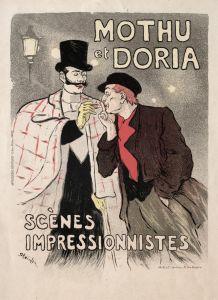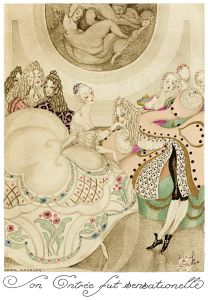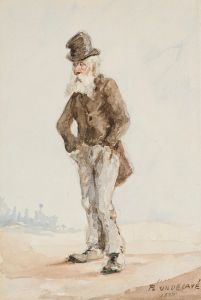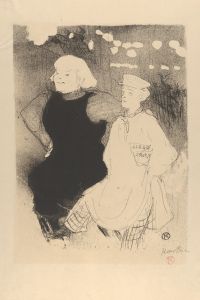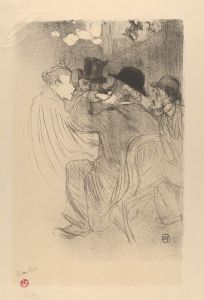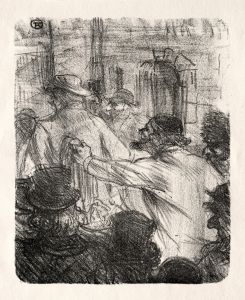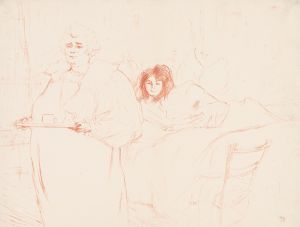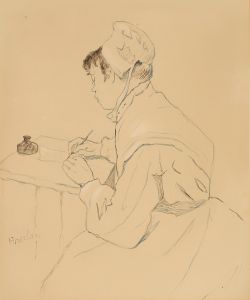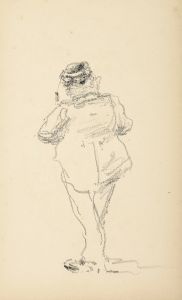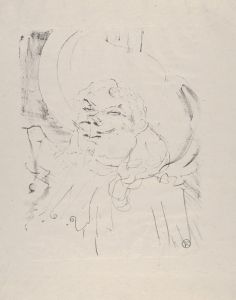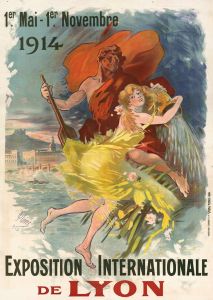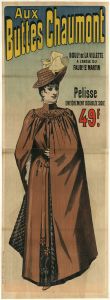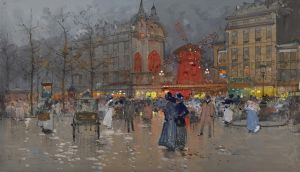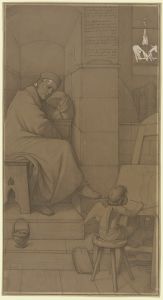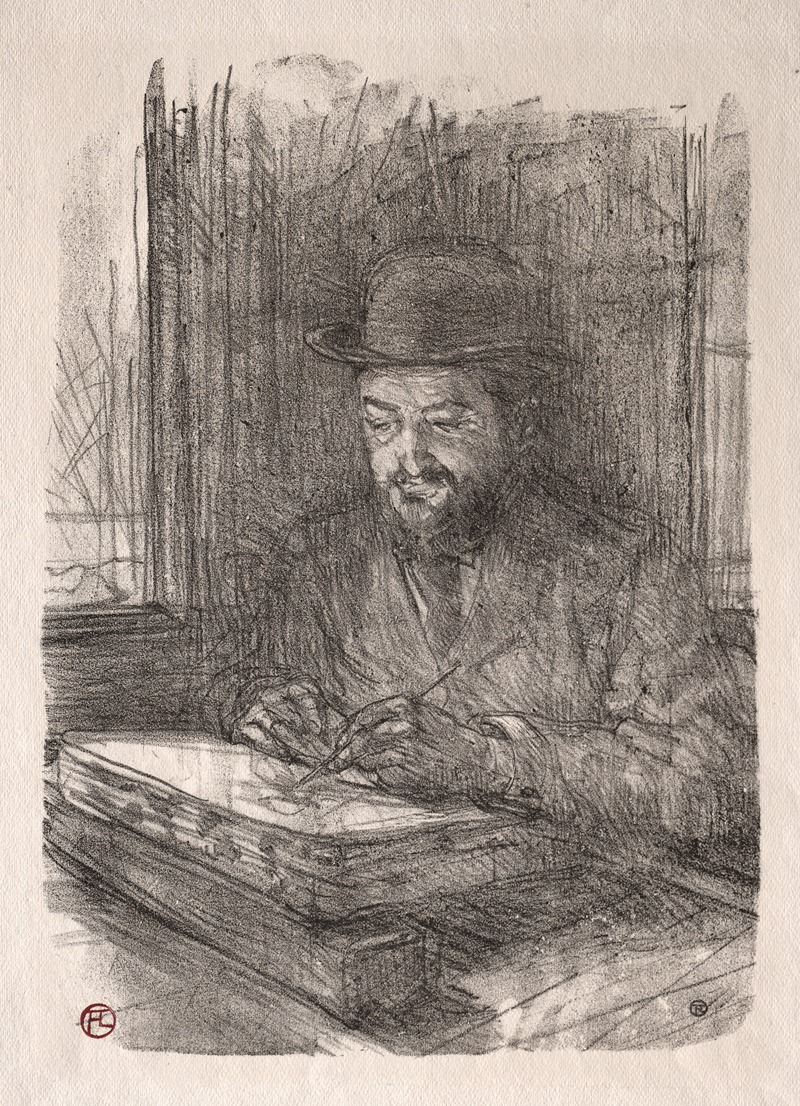
The Good Lithographer
A hand-painted replica of Henri de Toulouse-Lautrec’s masterpiece The Good Lithographer, meticulously crafted by professional artists to capture the true essence of the original. Each piece is created with museum-quality canvas and rare mineral pigments, carefully painted by experienced artists with delicate brushstrokes and rich, layered colors to perfectly recreate the texture of the original artwork. Unlike machine-printed reproductions, this hand-painted version brings the painting to life, infused with the artist’s emotions and skill in every stroke. Whether for personal collection or home decoration, it instantly elevates the artistic atmosphere of any space.
Henri de Toulouse-Lautrec, a prominent French painter, printmaker, and illustrator, is renowned for his depictions of Parisian nightlife in the late 19th century. One of his notable works is "The Good Lithographer" (French: "Le Bon Lithographe"), which exemplifies his mastery in the art of lithography, a printmaking technique that became a significant part of his artistic repertoire.
Toulouse-Lautrec was born into an aristocratic family in 1864 in Albi, France. Despite suffering from health issues that stunted his growth and led to physical disabilities, he pursued a career in art, moving to Paris in 1882 to study under prominent artists. His physical challenges did not hinder his artistic output; rather, they may have fueled his dedication to capturing the vibrant and often gritty life of Paris.
"The Good Lithographer" is a testament to Toulouse-Lautrec's skill in lithography, a medium he embraced in the 1890s. Lithography involves drawing on a flat stone or metal plate with a greasy substance, then treating it with a chemical solution that ensures the drawn areas attract ink while the non-drawn areas repel it. This technique allowed for the production of multiple copies of a work, making art more accessible to the public.
Toulouse-Lautrec's lithographs often featured scenes from the bohemian life of Montmartre, a district in Paris known for its cabarets, cafes, and dance halls. His works are characterized by their dynamic compositions, bold lines, and innovative use of color. He had a keen eye for capturing the essence of his subjects, often portraying them with a sense of immediacy and intimacy.
"The Good Lithographer" reflects Toulouse-Lautrec's fascination with the world of entertainment and his ability to convey the atmosphere of the venues he frequented. His lithographs were not just artistic expressions but also served as promotional posters for performers and venues, contributing to the burgeoning advertising industry of the time.
Toulouse-Lautrec's work in lithography was influential in the development of the Art Nouveau movement, which emphasized decorative arts and was characterized by its use of organic forms and flowing lines. His innovative approach to composition and color in lithography set a precedent for future artists and designers.
Despite his relatively short life—he died at the age of 36 in 1901—Toulouse-Lautrec left a lasting legacy. His lithographs, including "The Good Lithographer," continue to be celebrated for their artistic merit and their vivid portrayal of a bygone era. His work offers a window into the cultural and social dynamics of late 19th-century Paris, capturing the spirit of a city that was at the forefront of artistic and social change.
In summary, "The Good Lithographer" by Henri de Toulouse-Lautrec is a significant work that highlights the artist's expertise in lithography and his contribution to the visual culture of his time. Through his innovative techniques and keen observations, Toulouse-Lautrec not only documented the vibrant life of Paris but also influenced the direction of modern art.





